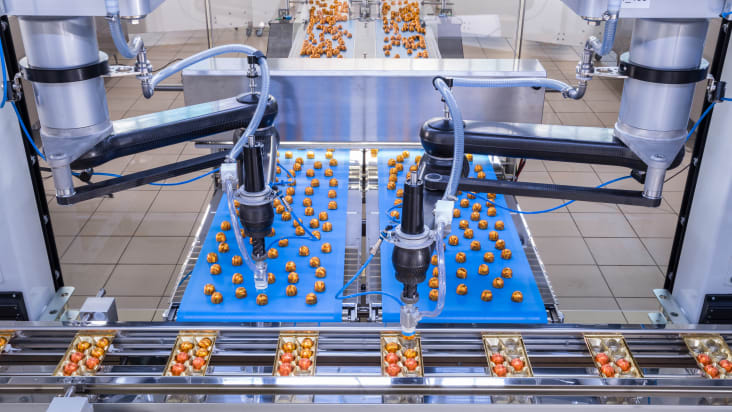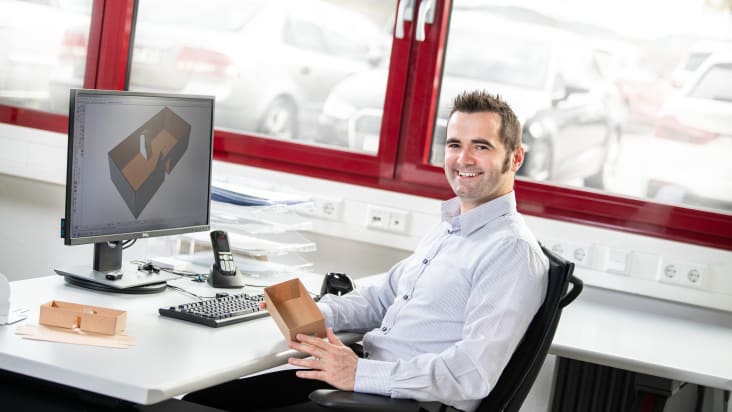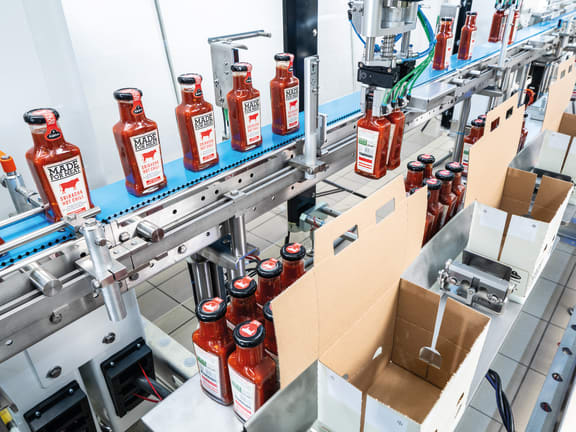
Paper and cardboard recycling works: In Germany, more than 90 per cent of collected waste is reprocessed into paper products.
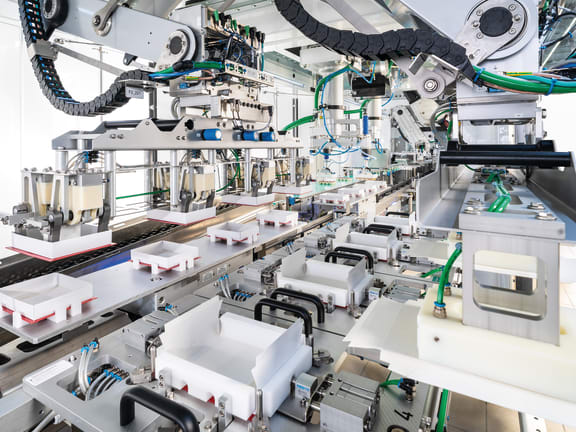
Cardboard packaging without glue is also more environmentally friendly, as in the case of these folding boxes for chocolates.
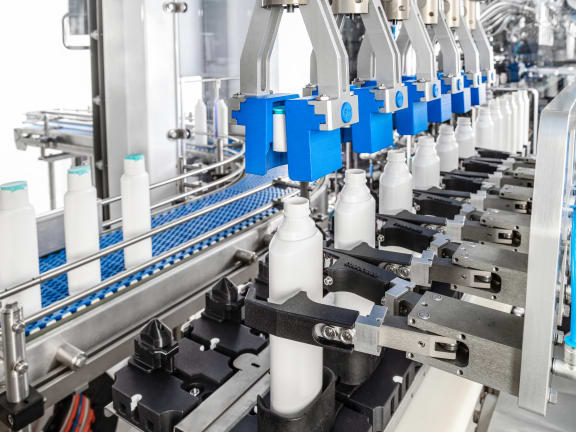
In the case of plastics, many manufacturers are now working with thinner materials or increasing the recycled or biomass content in their packaging.
Recycling – a science in itself
One of the underlying causes is the type of recycling used. Until now, waste management companies have been working with purely mechanical recycling processes. So, if waste from different plastics is fed into the same process, the result is often a lower-quality material that cannot be reprocessed into similar packaging. Composite materials such as films cannot be recycled and the only option is incineration. Packaging solutions made of mono-materials can help as they enable the entire packaging to be specifically fed into a recycling process, the result of which is a pure plastic granulate.
Even in paper recycling, all that glitters is not gold. The new paper-based materials behave very differently in the recycling processes. The paper is either laminated or coated to ensure the barrier or sealing properties required for product protection. When the paper fibres dissolved in water are sieved out, however, a large proportion of the fibres in laminated papers remain attached to the ultra-thin film. This results in high material losses and pushes the recycling rate down. Coated or water-coated papers, on the other hand, are much easier to separate from foreign material.
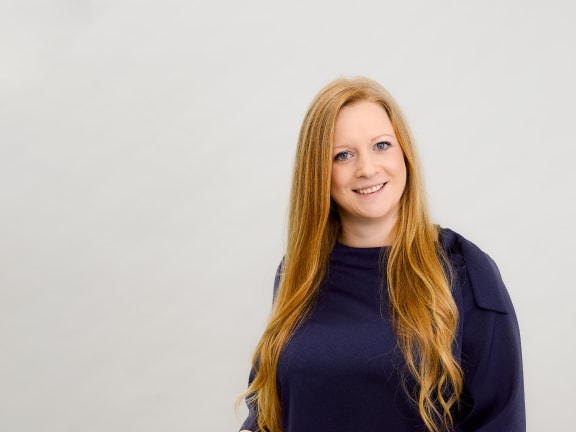
Laura Gascho, plastics engineer in the Application Technology Department at Gerhard Schubert GmbH.
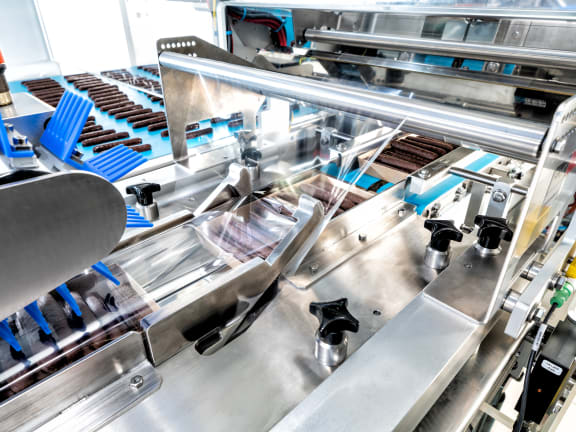
Packaging machine manufacturer Schubert has the expertise and the technologies to process mono-materials or paper-based solutions in its systems.
Mono-materials for complete recycling loops
With sustainability being such a hot topic, packaging expert Laura Gascho points out a key aspect to be considered: “At Schubert, we are not always in favour of eliminating plastic at the expense of durability. A product’s CO2 footprint is primarily created during the production and processing of raw materials. Packaging accounts for a mere fraction of this. And it ensures that sensitive foodstuffs survive transport undamaged and remain fresh for longer once purchased. Without packaging, the ecological damage would be far greater.” With this in mind, it is all the more important for Schubert to be able to offer its customers truly sustainable solutions in terms of recycling cycles. “Mono-materials are the most important trend for us. With them, complete recycling cycles can be established, both for paper and for plastics,” Laura Gascho firmly believes. If plastics were separated by type and completely recycled, hardly any new plastics would have to be produced from fossil raw materials and no more microplastics would enter the environment. At the same time, the key barrier functions developed to ensure the shelf life of foodstuffs could continue to be used without hesitation. Certainly, a goal worth pursuing, with a long way to go. This is precisely why the Schubert family business will support its customers in choosing more ecological packaging in the future, in line with its Mission Blue sustainability strategy.
Glossary: Environmentally friendly plastics
The environmental friendliness of plastic packaging is promoted with many different terms. But what does it all really mean?


